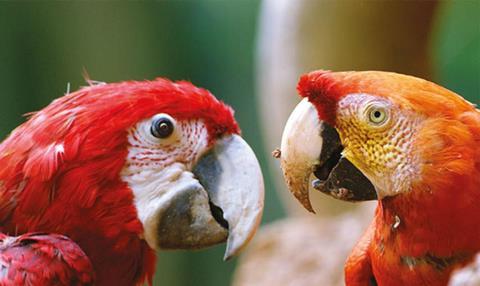The BBC series Spy In The Wild made use of dozens of lifelike robotic animals, fitted with miniature hidden cameras, that were designed to get close to creatures in their natural habitat.

ROB PILLEY
Producer, John Downer Productions
“Each spy creature passed through the hands of special effects artists, animatronics experts, robotics experts and computer programmers,” says producer Rob Pilley.
“Each one generally took around two to three months from conception to sculpting, engineering, skin fitting and painting, until the final spy creature was ready to be unleashed in the wild.
“Larger, more complicated ones can take even longer – the crocodile needed to not only look the part but also be able to walk on dry land then walk into water and swim. It took around six months to perfect.”
PASSING THE TEST
The most important thing was convincing the animals that their animatronic brethren were real.
Pilley says: “They not only had to be scale-perfect but also smell right, be texturally correct and, most importantly, move in an appropriate way.”
The animals were all tested as much as possible in the UK, but the team faced expected complications with heat and dust during the shoot, with the robots needing regular maintenance and rest.
- Session Spy In The Wild Showcase
- When 3pm, day one, Keynote Theatre
The Media Production Show takes place 13-14 June at London’s Olympia


























No comments yet